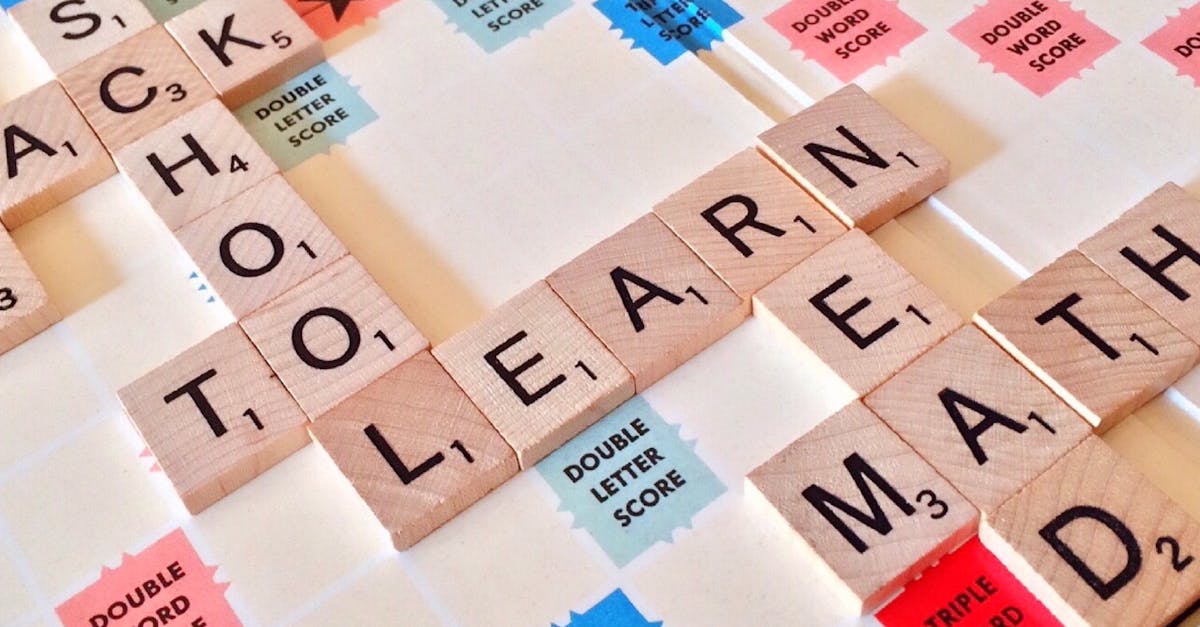
What does e mean in number?
One of the most confusing symbols in math is e. If you've ever tried to solve an exponential equation, you've probably run into this symbol. The e symbol shows the amount that a number increases when it is multiplied by itself.
The number that is represented by e is a special number called the natural logarithm. The symbol e is often used in mathematics to represent the base of the natural logarithm, a number that is equal to the value of a raised to the exponent of e. In other words, the logarithm of a number is the power of a base raised to the exponent of e.
The value of e is approximately 2.718. Despite its misuse, the value of e is incredibly important in mathematics. If you want to find something like the average of a bunch of numbers in a set, you will need to use the e function. If you're trying to find the probability of something happening, you will often use the value of e.
If you want to find how many times something can be multiplied, you will use the value of e.
What does e symbol mean in number?
The number E is an exponent (also called a power). When you write a number with an exponent, you are actually raising a base number to a power. For example, 24 is the same as 2 raised to the fourth power, which is written as 2^4.
Division is the opposite of raising to a power. So, the reciprocal of 24 is 1/2 raised to the fourth power, which is written as 1/2^4. Although the “e” symbol is not part of the number system that we use to count, it does actually represent a number. If we were to list all the numbers that we use, the “e” would be number 6.
It is the sixth number in the list of all the numbers that we use in mathematics. The “e” is often used as a placeholder in mathematical expressions. If we say something like “The sum of the first three numbers is The number e is an exponent (also called a power).
When you write a number with an exponent, you are actually raising a base number to a power. For example, 24 is the same as 2 raised to the fourth power, which is written as 2^4. Division is the opposite of raising to a power. So, the reciprocal of 24 is 1/2 raised to the fourth power, which is written as 1/2^4.
Although the “e” symbol is
What does E in number mean?
The number e is equal to approximately 2.71828. It is the base of the natural logarithm, which means that if you take any other number raised to the power of e you will get the natural logarithm of that number. For example, if you take the square root of two, you will get a number that has an area of one, known as the square root of two.
If you take the cube root of two, you will get a number which has The lowercase letter “e” is in the number system because it is the first letter in the word “exponential.” It is not the number 6. It has no value in itself but it is needed to make the number system work.
E stands for exponentiation. It is a mathematical operation that shows multiplication of the number e by itself. The result of raising E to an exponent is called en. The lowercase “e” is used to represent the number. It is used in bases other than 10, such as natural logarithms.
What does e mean in math?
E is the number that equals a power of ten, so e raised to the natural power of one is ten. Or, to put it another way, e is approximately equal to the number you get when you multiply a 1 by itself 1,000,000 times. E is the number 12 raised to the exponent of one. It is a very important number in mathematics.
For example, the sum of 1, 2, and 3 raised to the power of e equals 3.5. In other words, when you have a number of items, you can add them together by raising each one to the power of e. E is the number that represents the sum of all natural numbers, also known as the number 1.
To make this more clear, e is the sum of all the numbers one to infinity, which is an impossible number to write out because it has no end. However, when you raise all numbers to the sum of all natural numbers, you get the number 1.
What does E mean in number?
The E is the symbol for exponentiation. If you have two numbers raised to the power of an exponent, you get a new number with a value larger than 1. For example, 25 can be written as 5 × 5 or E × 5. If you raise two numbers to the power of two, you get numbers that are four times bigger.
So, 27 can be written as 27 = 3 × 3 × 3. E is the smallest number that can be multiplied by itself to get a whole number. If you count from 1 to 10, E is 6; if you count from 1 to 100, it’s the symbol for 100. It’s also used to describe some square roots, including the square root of two.
Use E in any math equation to represent exponentiation. For example, “3 to the power of 3” is written as E × 3. You can use E to replace any exponent’s value when you’re doing multiplication, division, addition, and subtraction. So, “6 divided by 12” would be written as E × 6/E × 12.






